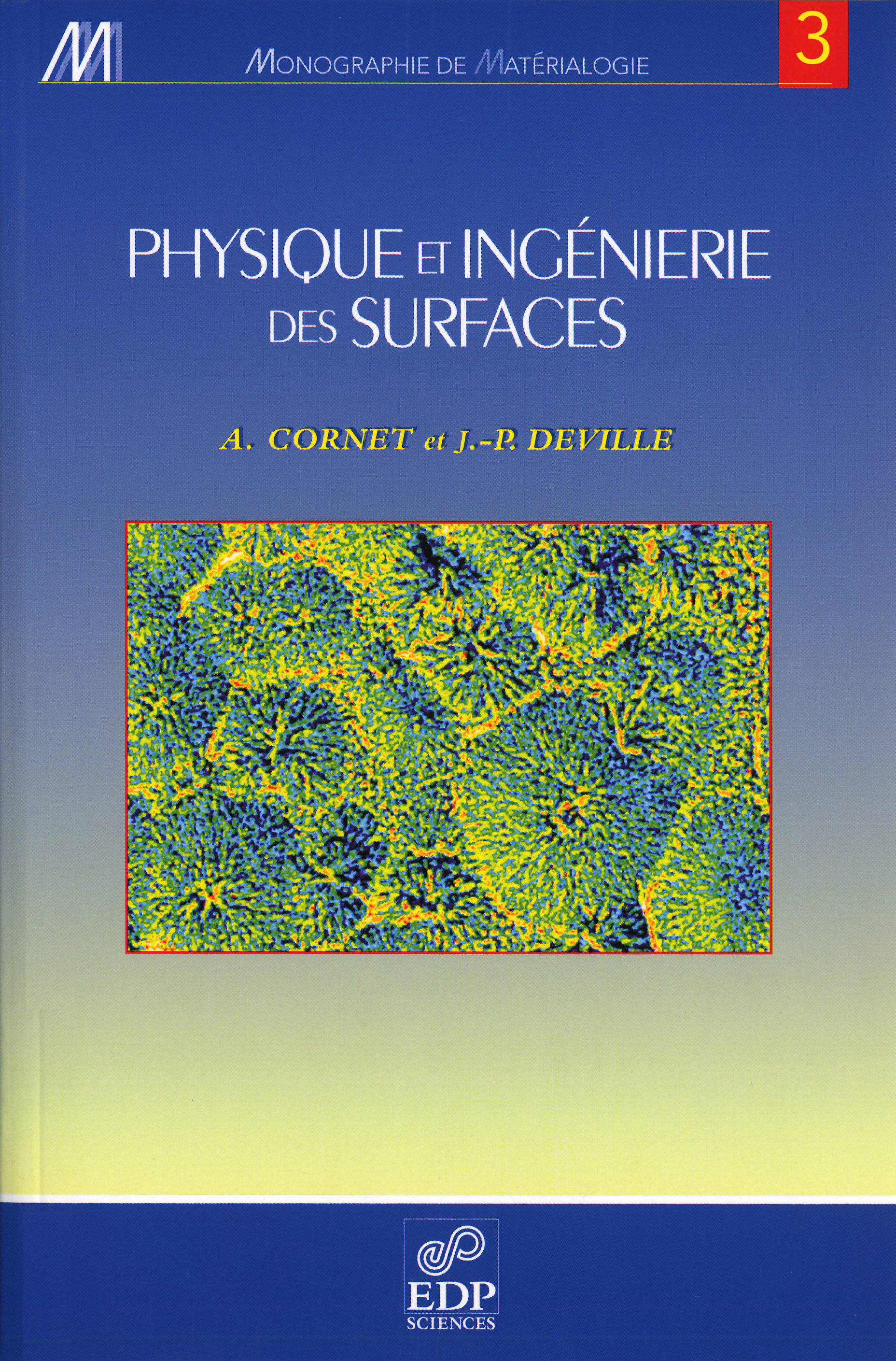Physique Des Solides Ashcroft Mermin Pdf To Jpg
- Physique Des Solides Ashcroft Mermin Pdf To Jpg Converter
- Physique Des Solides Ashcroft Mermin Pdf To Jpg Online
.Magnetocaloric properties of Mn 3 Sn 2 from heat capacity measurementsQ. Mazet, and B. Malaman Citation: Journal of Applied Physics 105, 033905 (2009); doi: 10.1063/1.3074093 View online: View Table of Contents: Published by the AIP Publishing Articles you may be interested in Magnetic properties and magnetocaloric effect of NdMn2xCuxSi2 compounds J.
115, 17A921 (2014); 10.1063/1.4864249 Magnetocaloric effect in ribbon samples of Heusler alloys NiMnM ( M = In, Sn ) Appl. 97, 212505 (2010); 10.1063/1.3521261 Magnetic properties and magnetocaloric effect of ( Mn 1 - x Ni x ) 3 Sn 2 ( x = 0 0.5 ) compounds J. 105, 07A935 (2009); 10.1063/1.3062953 Low-field inverse magnetocaloric effect in Ni 50 x Mn 39 + x Sn 11 Heusler alloys Appl. 90, 042507 (2007); 10.1063/1.2435593 Effect of Ge substitution for Si on the anomalous magnetocaloric and magnetoresistance properties of Gd Mn 2Si 2 compounds J.
101, 013908 (2007); 10.1063/1.2402975This article is copyrighted as indicated in the article. Reuse of AIP content is subject to the terms at: Downloaded to IP:158.109.139.195 On: Thu, 18 Dec 2014 18:10:14properties of Mn3Sn2 from heat capacity measurementsQ.
Mazet,a and B. MalamanLaboratoire de Chimie du Solide Minral, Nancy Universit, Associ au CNRS (UMR 7555), B.P. 6 Vandoeuvre-ls-Nancy Cedex, FranceReceived 2 October 2008; accepted 17 December 2008; published online 4 February 2009The heat capacity of the Mn3Sn2 compound was measured between 2 and 300 K in magnetic fieldsup to 7 T. The isothermal magnetic entropy change SM and the adiabatic temperature changeTad were calculated from these data. In agreement with previous magnetic measurements, threetransitions are detected in the zero-field heat capacity versus temperature curve, two -like peaksclose to TC1262 K and TC2227 K due to ferromagneticlike second-order transitions and a thirdanomaly at Tt197 K ascribed to the development of a weak antiferromagnetic interaction. TheDebye temperature is estimated to be 303 K from the low-temperature data. The thermaldependences of SM and Tad present a two-peak response with peak maxima near TC1 and TC2.

Physique Des Solides Ashcroft Mermin Pdf To Jpg Converter


Physique Des Solides Ashcroft Mermin Pdf To Jpg Online
Fora field variation of 5 T, the values of Tad are found to be 2.1 and 1.6 K, respectively. Theresults are discussed and compared to previously published data concerning other magneticrefrigerants working near room temperature. 2009 American Institute of Physics.DOI: 10.1063/1.3074093I. INTRODUCTIONMagnetic refrigeration technology is a credible alterna-tive to the conventional gas compression technique becauseit has a better efficiency and does not use ozone depleting orglobal-warming gases.16 Magnetic refrigeration is based onthe magnetocaloric effect, the adiabatic temperature changeTad, or the isothermal magnetic entropy change SM of asolid in a varying magnetic field. Finding cost-effective andperforming magnetocaloric materials are presently the sub-jects of an intensive research activity. Gadolinium metal isthe reference material for near room-temperature applica-tions because of the large SM 80 mJ cm3 K1 forH=5 T and Tad 11 K for H=5 T occurring at itssecond-order paramagnetic-ferromagnetic transition TC293 K.15 Since the discovery of a giant magnetocaloriceffect in the Gd5Si1xGex4 system SM and Tad up to300 mJ cm3 K1 and 18 K, respectively, for H=5 T resulting from a first-order magnetostructuraltransition,1,7 many compounds and alloys have been investi-gated. LaFe13xSix, FeMnP1xAsx, MnAs, Ni2MnGa, andtheir derivatives are among the most promising; all of thempresent giant magnetocaloric properties caused by first-ordermagnetic transitions see Refs.
15 and references therein.Three years ago, we identified the Ni3Sn2-type PnmaMn3Sn2 compound as an attractive candidate.8 The tempera-ture dependence of its magnetic entropy change, calculatedfrom magnetization data, presents two peaks of moderatemagnitude SM 27 mJ cm3 K1 for H=5 T at itsferromagneticlike second-order transitions TC1262 K andTC2227 K.